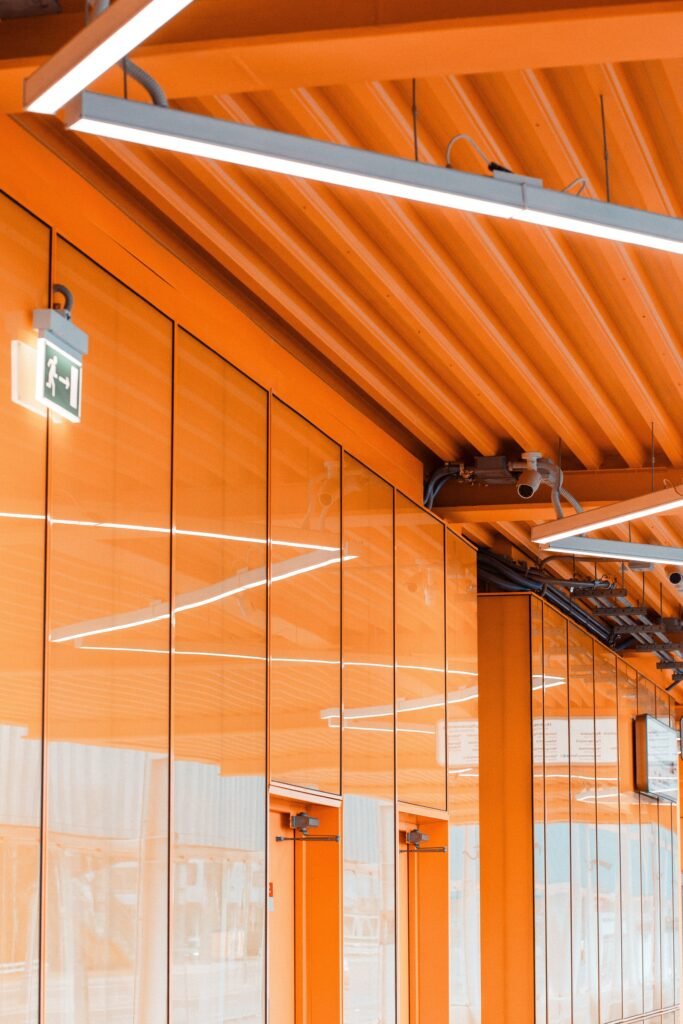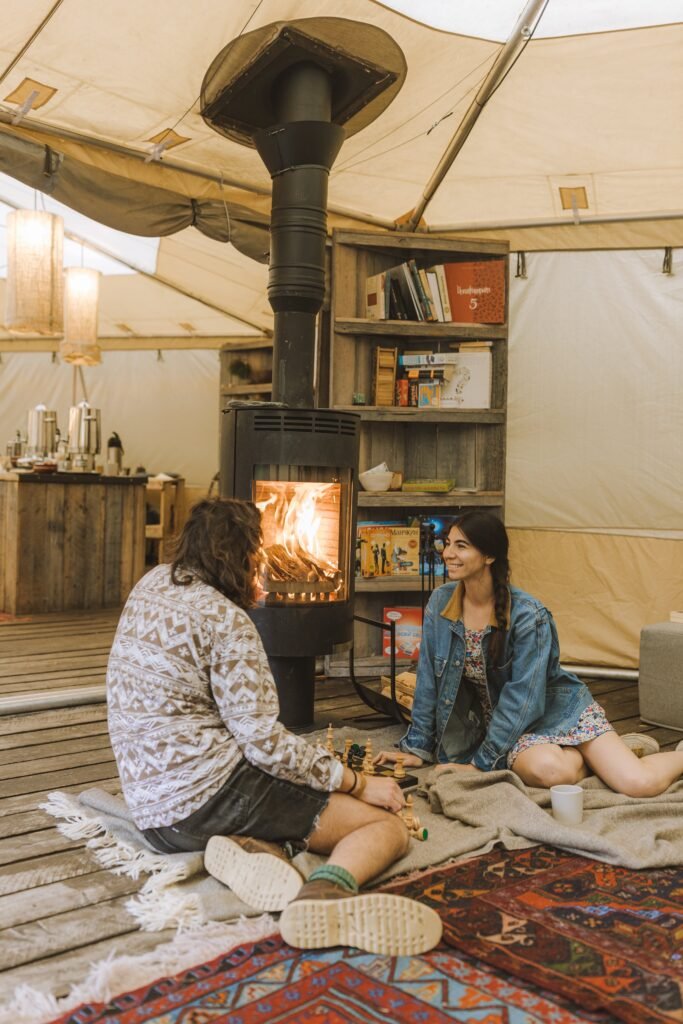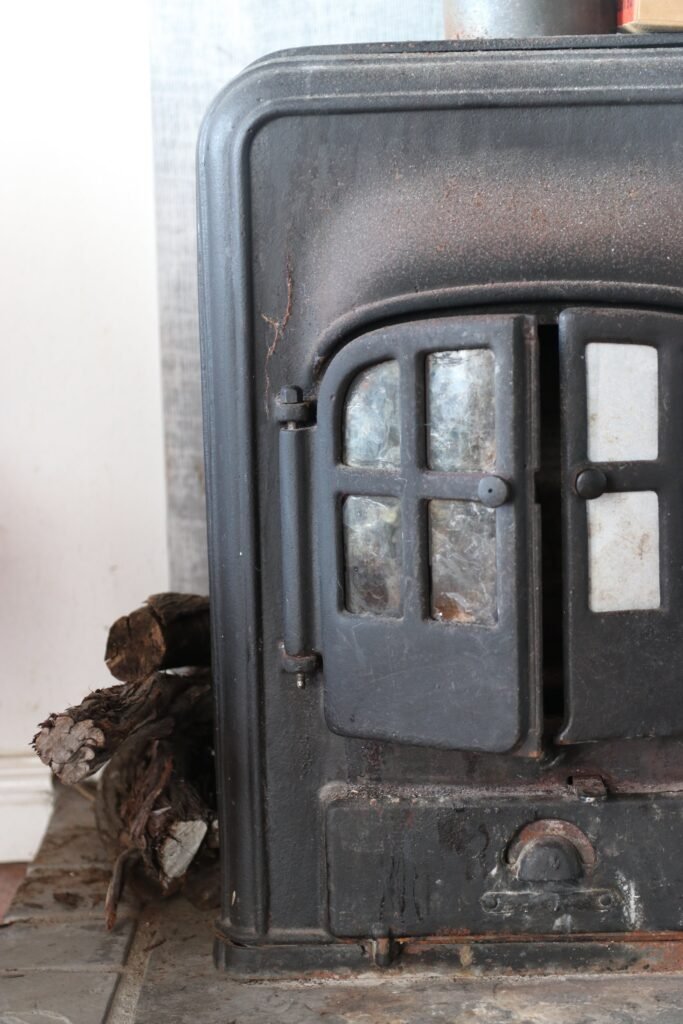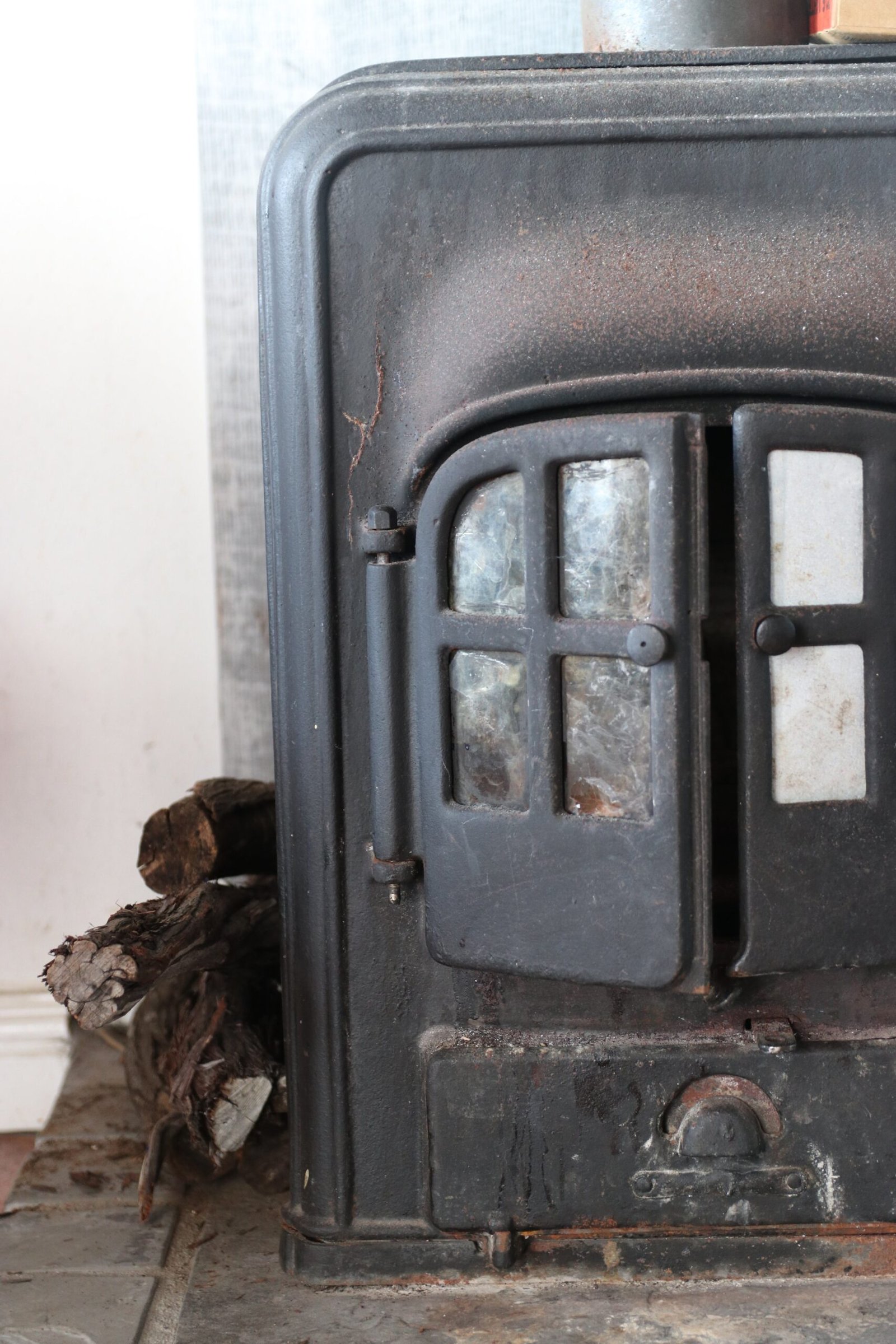You love nothing more than curling up by a crackling fireplace on a chilly evening, letting the warmth wash over you as you relax with a good book or your favorite TV show. But while the flames dance and the embers glow, it’s important to remember that fireplace safety should always be a top priority. From clearing out ashes to ensuring proper ventilation, this article will guide you through the essential fireplace safety tips that will help you create a safe, cozy, and worry-free home.
Choosing the Right Fireplace
When it comes to choosing the right fireplace for your home, there are several factors to consider. The first step is to think about the purpose of the fireplace. Are you looking for a source of warmth during the colder months, or do you want a fireplace primarily for aesthetic purposes? This will help determine the type of fireplace that would be best suited for your needs.
Once you have determined the purpose, the next thing to evaluate is the type of fuel you want to use. There are various options to choose from, such as wood, gas, electric, or even ethanol. Each has its advantages and considerations, so it’s essential to research and understand the pros and cons of each fuel type before making a decision.
Another crucial aspect to assess is the size and capacity of the fireplace. Consider the available space in your home and determine the appropriate size that will fit the room. It’s important to ensure that the fireplace can generate enough heat to warm the area adequately without being too overpowering.
Lastly, it’s vital to check the local building codes in your area. Different regions have specific regulations and requirements when it comes to installing fireplaces. Familiarize yourself with these guidelines to ensure that your fireplace installation complies with the local regulations and is safe to use.
Preparing the Fireplace
Before enjoying the warmth and coziness of your fireplace, there are a few essential steps to take to ensure its safety. The first is to install a sturdy fireplace screen. This screen acts as a barrier, preventing sparks and embers from jumping out of the fireplace and potentially causing a fire hazard.
Clearing the area around the fireplace is also crucial. Remove any flammable materials, such as curtains, furniture, or decorations, from the immediate vicinity of the fireplace. This step helps reduce the risk of accidental fires, especially if embers or sparks fly out of the fireplace.
Proper ventilation is another crucial aspect to consider when preparing your fireplace. Adequate airflow is necessary to prevent the buildup of carbon monoxide, a dangerous gas that can be emitted by burning fuel. Ensure that there is proper ventilation in the room where the fireplace is located to keep the air quality safe.
Regularly inspecting and cleaning the chimney is essential for maintaining a safe fireplace. The buildup of creosote, a highly combustible material that can accumulate in chimneys, can increase the risk of chimney fires. Hire a professional chimney sweep to inspect and clean your chimney at least once a year to minimize the risk of chimney-related accidents.

This image is property of images.pexels.com.
Get Your Fireplace Safety Essentials
Fireplace Safety Equipment
When it comes to fireplace safety, it’s essential to have the right equipment on hand. Installing smoke and carbon monoxide detectors near the fireplace is crucial. These detectors will alert you in case of a fire or the presence of dangerous gases, allowing you to take immediate action and evacuate if necessary.
Keeping a fire extinguisher nearby is also vital for immediate response in case of a fire. Choose a fire extinguisher that is appropriate for extinguishing various types of fires, such as those caused by wood, gas, or electric fires. Ensure that everyone in the household knows how to operate the fire extinguisher efficiently.
Having a first aid kit readily available is another essential safety measure. Accidents can happen, and it’s crucial to be prepared to treat minor burns or injuries that may occur while operating or being near the fireplace. Make sure the first aid kit is well-stocked with basic medical supplies and that everyone knows where it is located.
If you have children or pets in your home, it’s important to take extra precautions to keep them safe around the fireplace. Consider installing a safety gate or barrier to prevent access to the fireplace. Educate children about the dangers of playing near the fireplace and teach them proper fireplace safety etiquette.
Operating the Fireplace Safely
Operating a fireplace safely starts with reading and following the manufacturer’s instructions. The manufacturer’s guidelines provide valuable information on how to use the fireplace properly, including details on venting, fuel usage, and maintenance requirements. Following these instructions will ensure that you are operating the fireplace in the safest possible manner.
Using only seasoned firewood is essential for both the efficiency and safety of your fireplace. Seasoned firewood burns cleaner and produces less creosote buildup, reducing the risk of chimney fires. Avoid using green or wet wood as it can lead to poor combustion and increased creosote buildup.
Never leave the fireplace unattended, even for a short period. Make sure to extinguish the fire completely or transfer the responsibility to a responsible adult before leaving the room. Unattended fires can quickly escalate into dangerous situations and put your home and loved ones at risk.
Avoid overloading the fireplace with excessive amounts of wood or other fuel sources. Operating the fireplace within its recommended capacity is essential for maintaining optimal performance and safety. Overloading the fireplace can lead to over-firing, increased creosote buildup, and potential damage to the fireplace and chimney.

This image is property of images.pexels.com.
Starting and Maintaining a Fire
Using proper fire-starting techniques is crucial for a safe and efficient fireplace experience. Start by placing crumpled newspaper or fire starters at the bottom of the fireplace. Arrange small pieces of dry kindling on top of the paper, creating a small teepee shape. Light the paper or fire starter, and once the kindling ignites, add larger pieces of seasoned firewood gradually.
Avoid using accelerants such as gasoline or lighter fluid to start a fire in the fireplace. These chemicals can cause a sudden and uncontrollable flame, increasing the risk of accidents and injuries. Stick to natural fire-starting methods that are safe and effective.
Maintaining a safe distance from the fire is important to prevent accidental burns. Use fireplace tools such as pokers and tongs to adjust the fire, add or remove logs, or stir the ashes. Keep a safe distance from the flames and hot surfaces to reduce the risk of burns or other injuries.
Monitoring and adjusting the fire as needed is crucial for optimal safety and efficiency. Pay attention to the flames and make adjustments to the airflow, such as opening or closing the damper, to control the heat output. Regularly check the fire and ensure that it is contained within the fireplace, with no sparks or embers escaping.
Extinguishing the Fire
When it’s time to extinguish the fire, it’s important to do so properly and safely. Use a metal shovel or tongs to carefully remove any remaining logs, embers, or ashes from the fireplace. Place them in a metal container designated for ash disposal.
Allow the ashes to cool completely before disposing of them. Even after the fire has gone out, the ashes can remain hot for several hours. Storing the ashes in a metal container with a tight-fitting lid can help prevent accidental fires caused by smoldering ashes.
Dispose of the ashes properly by placing them in a designated outdoor area away from flammable materials. Avoid disposing of ashes in a compost bin, plastic bag, or near any plants or other combustible items. It’s crucial to follow proper ash disposal procedures to minimize the risk of accidental fires.
Regularly cleaning the fireplace is essential for maintaining both its functionality and safety. Use a brush, dustpan, or vacuum specifically designed for fireplace cleaning to remove any leftover ashes, soot, or debris. Clean the fireplace regularly to prevent the accumulation of combustible materials and maintain proper airflow.

This image is property of images.pexels.com.
Preventing Health Hazards
Fireplaces can pose certain health hazards if not used correctly. One significant risk is carbon monoxide poisoning. Ensure that your fireplace is properly vented to prevent the buildup of carbon monoxide. Install carbon monoxide detectors near the fireplace and throughout your home to alert you in case of elevated levels of this dangerous gas.
Minimizing exposure to indoor air pollution is another important consideration. Smoke and other byproducts of burning fuel can lead to poor indoor air quality. Proper ventilation, regular chimney maintenance, and using clean-burning fuel sources can help reduce the amount of indoor pollutants produced by your fireplace.
Maintaining good indoor air quality is crucial for the overall health and well-being of your household. Regularly open windows or use a ventilation system to help circulate fresh air throughout your home. Avoid blocking air vents or obstructing airflow around the fireplace to ensure optimal air exchange and reduce the risk of respiratory issues.
Fire-related burns and injuries can also be prevented by taking proper precautions. Keep a safe distance from the flames and hot surfaces, and avoid placing flammable materials near the fireplace. Educate yourself and your household members on fire safety, including proper handling of fireplace tools and awareness of potential hazards.
Creating a Fire-Safe Environment
Creating a fire-safe environment involves taking several precautions to minimize the risk of accidental fires. Keep flammable materials, such as curtains, furniture, or paper products, away from the fireplace. Be mindful of the proximity of these items and ensure that they are not easily ignitable.
When decorating your home, be cautious about the placement of decorations near the fireplace. Avoid draping or hanging anything directly above or around the fireplace, as this can increase the risk of accidental fires. Keep decorations at a safe distance to prevent them from coming into contact with flames or embers.
Using fire-resistant upholstery and rugs in the vicinity of the fireplace can provide an added layer of protection. Look for materials that are specifically designed to resist heat and flame and consider their placement in relation to the fireplace. Fire-resistant materials can help prevent accidental fires and limit the spread of flames if a fire does occur.
Educating your household members about fireplace safety is crucial for creating a fire-safe environment. Teach everyone about the dos and don’ts of operating the fireplace, including proper handling of firewood, tools, and ashes. Encourage open communication about fire safety and ensure that everyone in the household understands the potential risks and how to respond in case of an emergency.
Handling Fireplace Emergencies
Even with all the necessary precautions in place, it’s important to be prepared for any emergencies that may arise. Knowing the emergency exits in your home is crucial for ensuring a safe and swift evacuation in case of a fire. Familiarize yourself and your family members with the quickest and safest routes to exit your home.
Regularly practicing fire escape drills can help ensure that everyone in the household knows what to do in case of a fire. Plan and execute drills that involve various scenarios and simulate real-life emergency situations. Practice how to escape safely, where to gather outside, and how to contact emergency services.
Having a comprehensive plan in case of a fire is essential for quick action and minimizing potential damage. Discuss and create a fire escape plan that includes designated meeting points, emergency contact information, and specific roles for each household member. Review and update the plan regularly to ensure its effectiveness.
In case of a fire, it’s crucial to contact emergency services immediately. Dial the emergency number for your region and provide accurate and detailed information about the situation. Stay on the line with the operator and follow any instructions given until help arrives.
Resources and Further Assistance
For complex fireplace inspections or if you need expert advice, it’s recommended to contact a professional fireplace inspector. A professional inspector can assess your fireplace’s safety and provide specific recommendations based on your unique situation. They can also identify potential hazards that may go unnoticed to the untrained eye.
Fireplace manufacturers can also provide valuable guidance and assistance. Reach out to the manufacturer of your fireplace to inquire about safety guidelines, maintenance tips, and any specific concerns you may have. They can offer expert advice tailored to your specific fireplace model and design.
Reliable fireplace safety organizations can be excellent sources of information and education. Look for organizations focused on fireplace safety and consult their resources to gain a deeper understanding of safe fireplace practices. Stay informed about the latest safety guidelines and recommendations to ensure the ongoing safety of your fireplace.
In conclusion, creating a safe and warm home requires a comprehensive approach to fireplace safety. By choosing the right fireplace, preparing the space correctly, having the necessary safety equipment, operating the fireplace safely, and following proper procedures for fire maintenance and prevention, you can enjoy the comfort of your fireplace without worries. Prioritize safety, educate yourself and your household members about fireplace safety, and stay informed about the best practices to ensure a warm and secure home environment.




